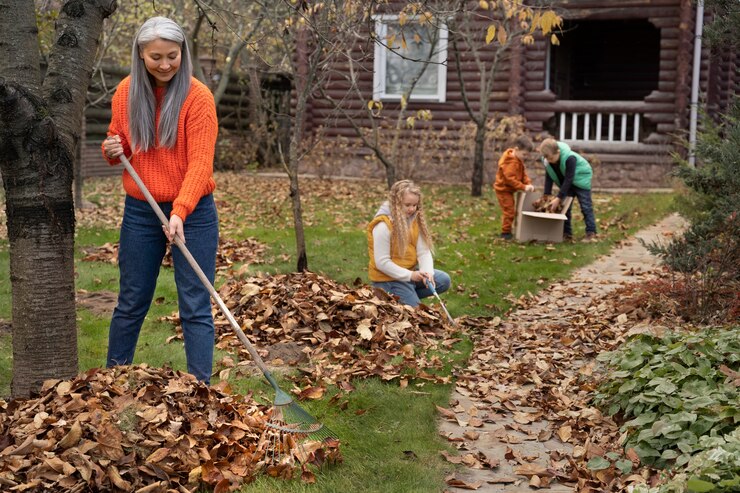104
Rain gardens are designed to be low-maintenance, but they still require some care to keep them functioning effectively and looking beautiful throughout the year. Here are some seasonal maintenance tips for keeping your rain garden in top condition.
Spring
- Inspect your rain garden after the first few heavy rains of the season. Check for signs of erosion or standing water that doesn’t drain within 48 hours.
- Replenish mulch to help retain moisture and suppress weeds. Aim for a 2-3 inch layer around the base of your plants.
- Remove any debris, such as fallen branches or leaves, that could block water flow into your garden.
- Prune dead or damaged branches from shrubs and trees, and cut back perennials to encourage new growth.
Summer
- Although rain gardens are designed to thrive on rainwater, newly planted gardens may need supplemental watering during Seattle’s dry summer months, especially if rainfall is scarce.
- Watch out for invasive weeds that can take over your garden. Weeds like horsetail and bindweed can quickly spread, so remove them as soon as you spot them.
- Mulch helps retain moisture during dry spells, so ensure your garden has adequate coverage.
Fall
- As autumn arrives, prepare your garden for the rainy season. Rake up leaves that may clog the basin and remove any dead plant material to prevent fungal growth.
- Consider adding new plants to fill any gaps left by summer perennials that have gone dormant. Fall is a great time to plant because cooler temperatures and consistent rain help establish strong roots.
- Check your downspouts, gutters, and any other water diversion systems to ensure they’re clear and directing water into your rain garden effectively.
Winter
- Seattle winters are mild, but heavy rains can sometimes overwhelm a rain garden. Check for pooling water or slow drainage after storms.
- While most plants will go dormant, some may need extra protection during freezing temperatures. Adding an extra layer of mulch can insulate the roots of more sensitive plants.
- Winter is also a good time to assess your garden’s structure and make any necessary adjustments before the growing season begins again.
By following these simple maintenance tips, you can keep your rain garden functional and attractive throughout the year, ensuring it continues to provide environmental benefits and beauty to your home.
